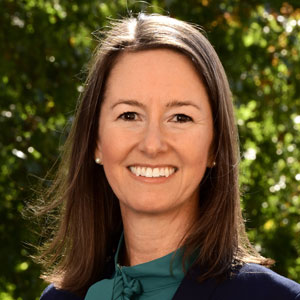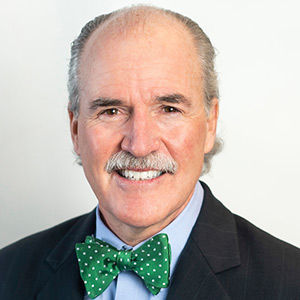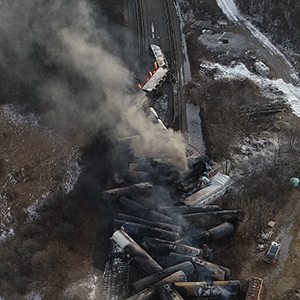For more than 20 years, the National Institute of Environmental Health Sciences (NIEHS) has played a lead role in our nation’s health research following oil spills, hurricanes, and other environmental calamities. Now, the institute is providing a new home for the Disaster Research Response (DR2) program and its vast collection of web-based resources needed for scientists to conduct vital and timely public health research in the aftermath of disasters.
More than 500 curated research tools and resources are now organized into an easy-to-use online portal(https://tools.niehs.nih.gov/dr2), available on the NIEHS website free of charge.
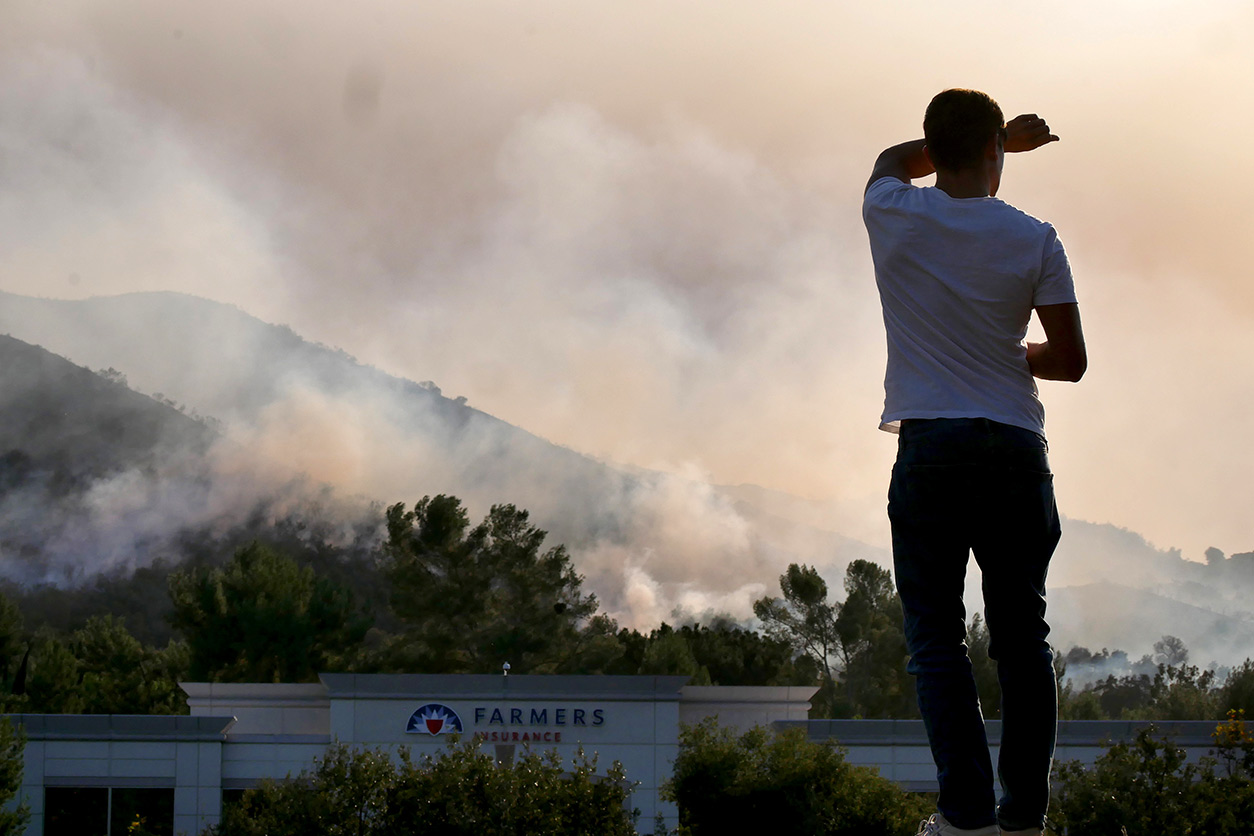 Using DR2 resources, researchers may investigate widespread health effects in people exposed to heavy smoke from wildfires, such as those in California. (Photo courtesy of BrittanyNY / Shutterstock.com)
Using DR2 resources, researchers may investigate widespread health effects in people exposed to heavy smoke from wildfires, such as those in California. (Photo courtesy of BrittanyNY / Shutterstock.com)The resource portal updates and enhances the original collection hosted by the National Library of Medicine (NLM), which has been a fundamental partner to the program. Both NIEHS and NLM are part of the National Institutes of Health (NIH).
“Going forward, NIEHS has sole oversight of the program, but it’s still a collaborative effort within NIH,” said Aubrey Miller, M.D., NIEHS senior medical advisor and DR2 program director for NIH. “We work across governments, and even internationally, to help ensure that all of us in public health research are ready to act to collect vital scientific information when an emergency or disaster happens.”
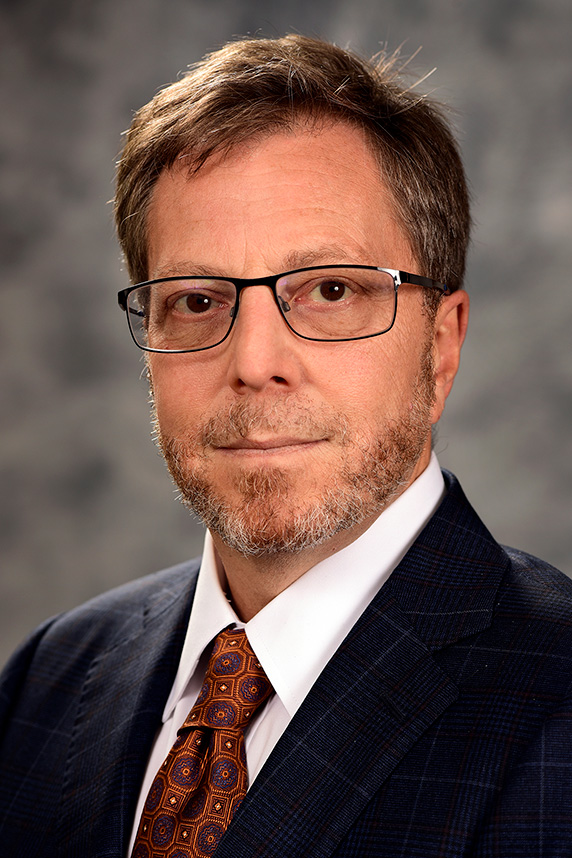 “In addition to providing resources, the DR2 program seeks to train a cadre of researchers who are ready to act when disasters happen,” said Miller. (Photo courtesy of Steve McCaw / NIEHS)
“In addition to providing resources, the DR2 program seeks to train a cadre of researchers who are ready to act when disasters happen,” said Miller. (Photo courtesy of Steve McCaw / NIEHS)Disaster research is different
Every disaster and public health emergency, no matter the type or cause, uniquely affects the environment and people. Research is essential to understanding the human health effects of events such as floods, earthquakes, wildfires, chemical or oil spills, and even large-scale acts of terrorism.
“Program goals are to provide information people need about exposures right after an event, and to inform preparedness actions and policies that will help make communities more resilient to future events,” said Miller.
Acting quickly
Research following a disaster often faces tight windows of opportunity for collecting essential information. At the same time, research activities must not interfere with life-saving efforts. Institutional review boards (IRB), which are concerned with the ethical conduct of research and the protection of participants, help ensure studies achieve this balance.
The DR2 program strives to not only prepare researchers, but also to prime IRBs in their review and approval of research plans and procedures. Scientists are given guidance, templates, and training for the efficient and effective review of protocols for these studies (see sidebar for IRB news).
Community concerns
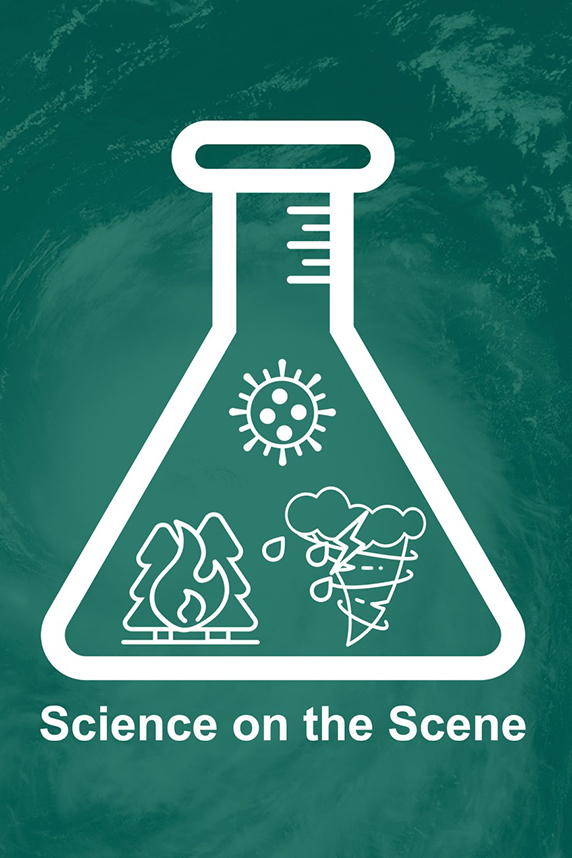 Researchers may use DR2 tools off the shelf or adapt and combine them to fit a particular event, community, or study approach. (Photo courtesy of NIEHS)
Researchers may use DR2 tools off the shelf or adapt and combine them to fit a particular event, community, or study approach. (Photo courtesy of NIEHS)Miller said that after a disaster, researchers can help people in affected communities understand answers to questions such as the following:
- Is my area or home safe?
- What are risks to my family and pets of being exposed to hazardous substances in our homes, yards, schools, and parks?
- How will recovery and clean-up efforts help us?
- What health effects might we experience?
- Are there concerns for long-term physical and mental health consequences? If so, what steps can we take to protect our families?
Information from disaster research can answer short-term questions. Over a longer period, it can provide knowledge that helps people recover from an incident and prepare for or avoid future disasters and public health emergencies.
For example, in upcoming summer months, when wildfires are more prevalent, researchers can access DR2 materials to find ways to collect information about types of chemicals in smoke. Scientists can also build on prior studies by using the same research methods to assess certain health conditions and determine how people exposed to wildfire smoke are affected over time.
Research ready
All DR2 resources are publicly available, including the following:
- Questionnaires.
- Surveys.
- Guidance documents.
- Data dictionaries.
- Common data elements.
With an outstanding search engine for the multidisciplinary collection, the right resource is easy to find. The search is enabled by more than 100 keywords related to resource categories, applicable populations, administrative information, types of events, specific exposures, health outcomes, and other considerations.
Using DR2 resources can also improve data interoperability and harmonization across studies.
“A ready-to-go set of data collection tools can save time for disaster researchers,” said Miller. “It’s useful to see how a question was successfully asked before or how a biological sample was collected.”
 About 125 curated COVID-19 research resources are also available in the DR2 collection. (Photo courtesy of zstock / Shutterstock.com)
About 125 curated COVID-19 research resources are also available in the DR2 collection. (Photo courtesy of zstock / Shutterstock.com)Continually expanding
“The collection continues to grow as users submit new resources,” added Miller. “We’re always looking for good tools to share with the disaster research community in the U.S. and globally.”
This summer, a sign up for email updates about the DR2 program will be available.
Citations:
Symanski E, An Han H, Han I, McDaniel M, Whitworth KW, McCurdy S, Perkison WB, Rammah A, Lewis PGT, Delclos GL, Craft E, Bondy M, Walker CL, Hopkins L, Cedeno Laurent JG, James D. 2021. Responding to natural and industrial disasters: partnerships and lessons learned. Disaster Med Public Health Prep 16:1–4.
Lurie N, Manolio T, Patterson AP, Collins F, Frieden T. 2013. Research as a part of public health emergency response. N Engl J Med 368(13):1251–1255.
(Carol Kelly is managing editor for the NIEHS Office of Communications and Public Liaison.)





